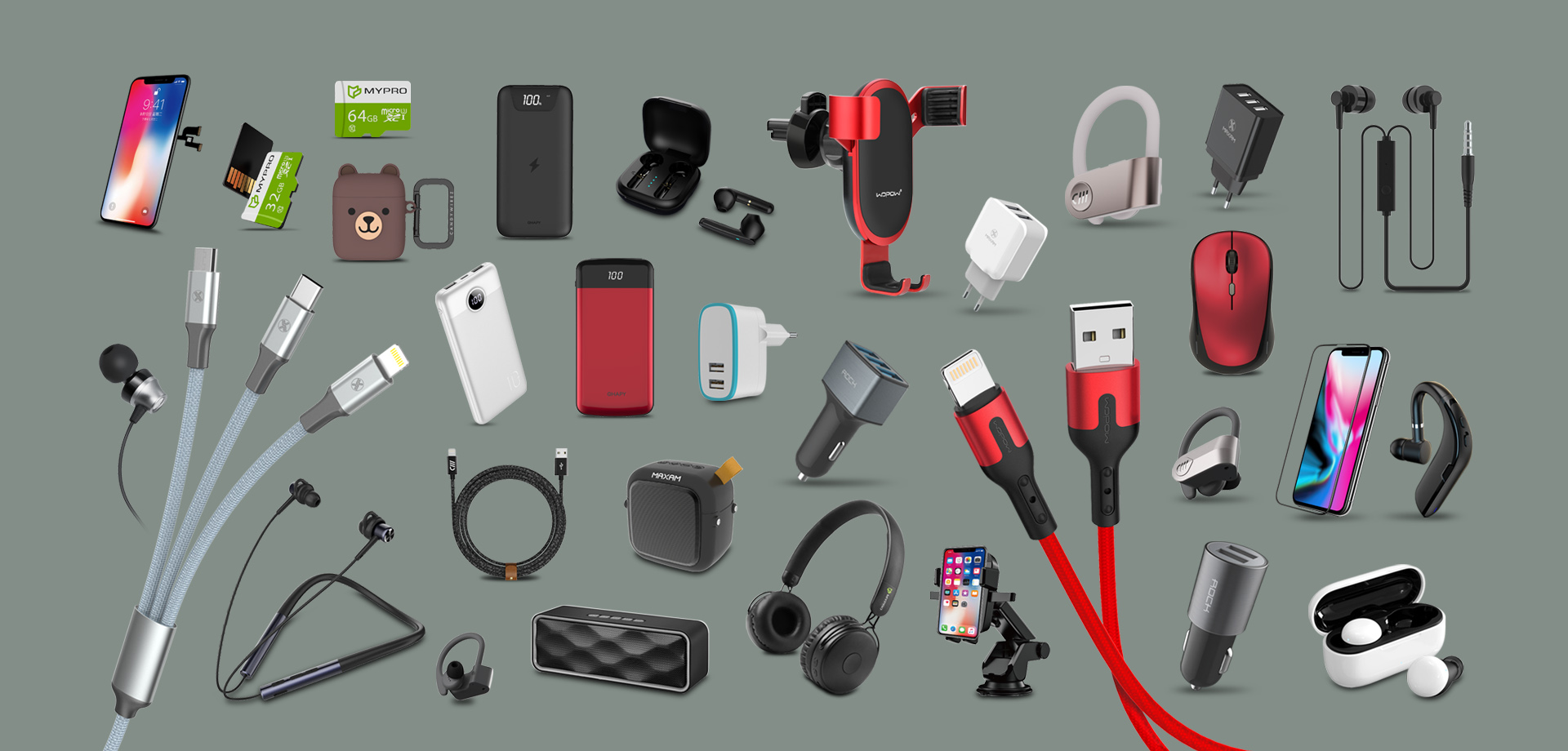ourcing consumer electronics from China is a common strategy for international buyers due to the country’s well-established manufacturing capabilities and competitive pricing. However, the process is not without its challenges. For buyers unfamiliar with the complexities of the Chinese market, various obstacles can arise, including communication issues, quality concerns, and logistical difficulties. This blog explores the key challenges of sourcing electronics from China in detail and offers practical solutions for overcoming them.
1. Language and Cultural Barriers
One of the most immediate challenges international buyers face is the language barrier. Most factory staff in China may not speak fluent English, and misunderstandings can occur even when basic English is used. Cultural differences, such as indirect communication styles and differing negotiation tactics, can further complicate matters.
Solution:
To bridge this gap, it’s advisable to work with bilingual professionals, such as procurement agents or translators. These intermediaries can facilitate clear communication and ensure your expectations are properly conveyed. Additionally, educating yourself about Chinese business culture can help you navigate negotiations more effectively.
2. Quality Variations Among Suppliers
Not all factories in China adhere to the same quality standards, and finding a supplier capable of delivering consistent quality can be a challenge. Quality issues often arise due to the use of substandard raw materials, outdated machinery, or inadequate quality control processes.
Solution:
Conducting factory audits and implementing strict quality control measures are essential for ensuring product quality. Work with trusted third-party inspection agencies or procurement agents to verify that suppliers meet your specifications before production begins.
3. MOQ (Minimum Order Quantity) Requirements
Many Chinese factories set high minimum order quantity (MOQ) requirements, which can be problematic for small to medium-sized businesses. MOQs are often based on production efficiency and raw material costs, making it difficult for suppliers to accept smaller orders.
Solution:
Negotiate with suppliers to lower MOQs, especially if you plan to establish a long-term relationship with them. Alternatively, consider partnering with sourcing agents who can consolidate orders from multiple buyers to meet MOQ requirements.
4. Intellectual Property (IP) Risks
Intellectual property protection is a major concern when sourcing from China. Without proper safeguards, your designs, trademarks, or technology may be copied or used without authorization.
Solution:
To protect your IP, register your trademarks and patents in China. Additionally, sign non-disclosure agreements (NDAs) with suppliers before sharing sensitive information. Working with reputable factories and avoiding unauthorized subcontractors can also reduce IP risks.
5. Counterfeit Products and Components
Counterfeit products are a persistent issue in the electronics industry. These can range from low-quality imitations of branded goods to counterfeit components used in manufacturing. Using counterfeit parts can lead to product malfunctions, safety risks, and damage to your brand’s reputation.
Solution:
Source components and products only from verified suppliers and insist on certifications like CE, RoHS, or UL. Conduct regular inspections to ensure that the supplied goods match your specifications and comply with industry standards.
6. Supply Chain Disruptions
The electronics industry is highly reliant on global supply chains, and disruptions can occur due to various factors, such as raw material shortages, labor issues, or geopolitical tensions. For instance, a sudden increase in demand for semiconductors can delay production schedules for electronics that rely on these components.
Solution:
Diversify your supplier base to reduce dependence on a single factory or region. Maintain a buffer stock of critical components and establish contingency plans to address potential delays.
7. Shipping and Logistics Complexities
Shipping goods from China involves navigating customs regulations, managing freight schedules, and ensuring proper packaging. Delays can occur due to port congestion, incorrect documentation, or miscommunication with freight forwarders.
Solution:
Hire experienced logistics partners or procurement agents to handle shipping and customs clearance on your behalf. They can help you choose the most efficient shipping methods and ensure all paperwork is in order.
8. Currency Fluctuations and Hidden Costs
Currency exchange rate fluctuations can impact your total sourcing costs, especially for large orders. Additionally, hidden costs, such as bank transfer fees or unexpected surcharges, can erode your profit margins.
Solution:
Plan for currency fluctuations by locking in exchange rates through forward contracts or working with suppliers who accept payments in stable currencies like USD. Request a detailed breakdown of costs upfront to avoid surprises.
9. Environmental and Ethical Concerns
With the growing emphasis on sustainability and ethical business practices, buyers are increasingly concerned about the environmental impact of their supply chain. Factories that fail to comply with environmental regulations or use unethical labor practices can harm your brand reputation.
Solution:
Audit your suppliers for compliance with environmental and labor standards. Partner with factories that implement sustainable practices, such as using recyclable materials or minimizing waste.
10. Adapting to Rapidly Changing Technology
The consumer electronics industry is constantly evolving, and staying ahead of technological advancements is a challenge. Products that are in demand today may become obsolete within months, requiring buyers to adapt quickly.
Solution:
Stay updated on market trends through industry publications, trade shows, and networking with industry professionals. Work with suppliers who invest in research and development (R&D) to offer innovative solutions.
11. Managing Time Zones and Deadlines
China’s time zone difference can make real-time communication with suppliers difficult, especially when urgent decisions are needed. Additionally, factories may have different work schedules or holiday periods, such as the Chinese New Year, which can affect production timelines.
Solution:
Plan your orders well in advance to account for potential delays. Establish clear communication channels and designate a point of contact who can address issues promptly, even outside regular business hours.
12. The Role of Procurement Agents in Overcoming Challenges
For international buyers, working with a procurement agent can significantly reduce the challenges of sourcing from China. Procurement agents handle tasks such as supplier vetting, quality inspections, and logistics coordination, allowing buyers to focus on their core business operations.






